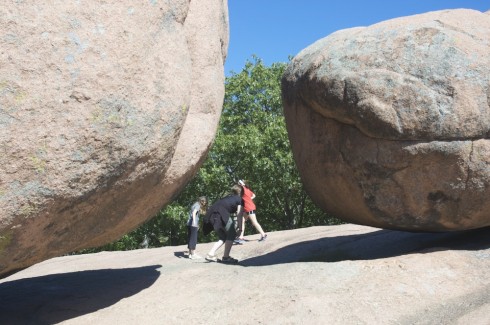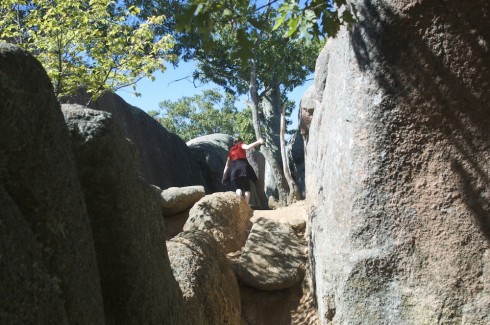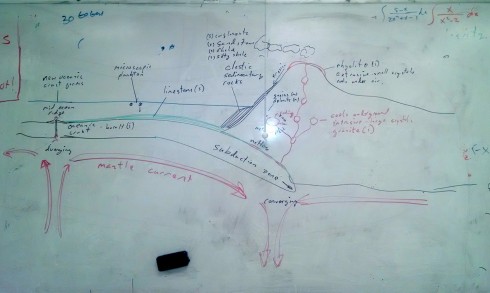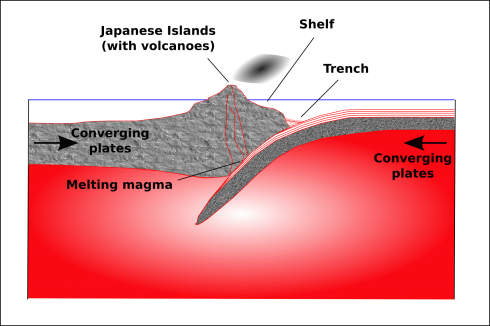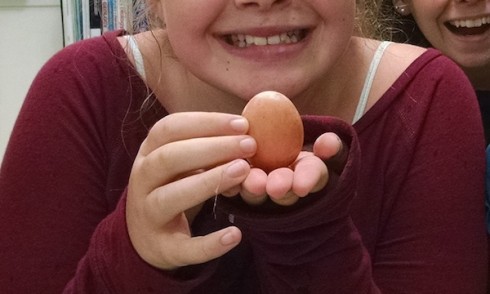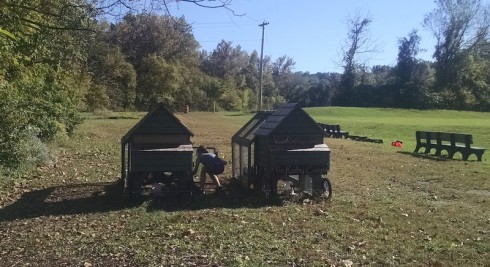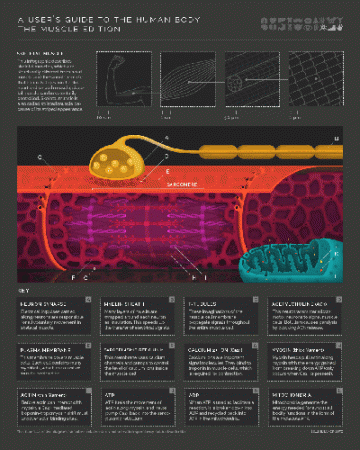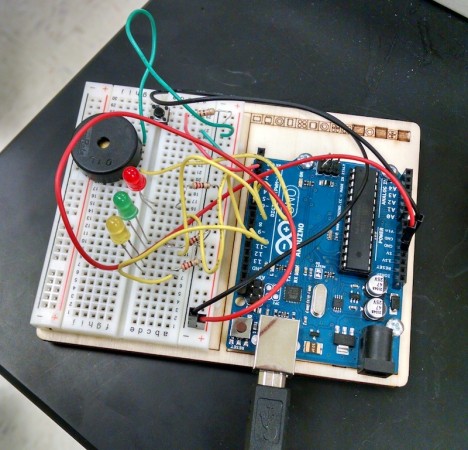
Given the idea that “learning situated in meaningful contexts is often deeper and richer than learning in abstract contexts,” (Lillard, 2007), I’ve been trying to orient our robotics program toward developing devices that we can use at school. Not only can these devices serve a useful purpose, but their presence around the school can, perhaps, inspire other students to want to make their own.
To this end, one of our first practical projects is a timer (by Joe A.) for when students give their presentations in Chemistry class. For the last round of presentations they had 20 minutes, so I had Joe build the circuits and program the Arduino to make the green light to be on for 15 min, the yellow on for 4 min, the red for 1 min, and then the piezoelectric buzzer would go off for 5 seconds and the red light would start blinking.
Joe did an awesome job, and the timer worked remarkably well. I did what we wanted it to do, and it actually worked to help them keep their presentations under time.
